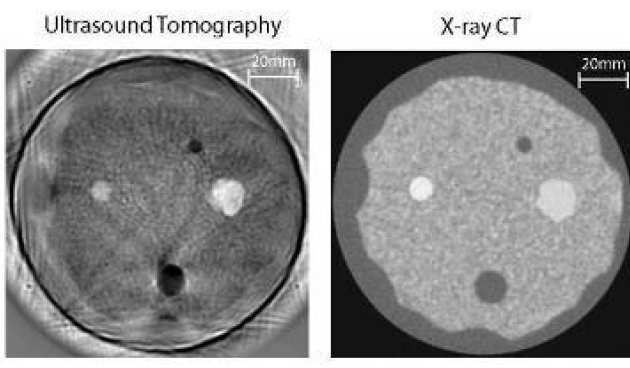
Over the past twenty years, near-field microscopy has demonstrated that the diffraction limit can be broken by bringing a probing sensor within one wavelength distance from the surface of the object to be imaged. Now, the scope of near field microscopy has been extended to the reconstruction of subwavelength structures from measurements performed in the far-field, this approach having a much wider range of applications since often the structure to be imaged is not directly accessible. The key to subwavelength resolution lies in the physical models employed to describe wave scattering.
Conventional imaging methods use the Born approximation which does not take into account the distortion of the probing wave as it travels through the medium to be imaged, so neglecting what is known as multiple scattering. On the other hand, multiple scattering is the key mechanism which can encode subwavelength information in the far-field, thus leading to a potentially unlimited resolution. Here the aim is to pursue this new and exciting idea and to focus on more specific applications such as medical diagnostics and geophysical imaging. You can read a Breast Ultrasound Tomography presentation.
References
P. Huthwaite and F. Simonetti. High-Resolution Imaging Without Iteration: A Fast and Robust Method for Breast Ultrasound Tomography, J. Acoust. Soc. Am., 103, 1722-34,2011.
P. Huthwaite and F. Simonetti. On the measurement of ultrasound transmission through a penetrable acoustic cone, In S. A. McAleavey and J. D’Hooge, editors. Medical imaging 2011 SPIE-The International Society for Optical Engineering, volume 7968, pages 79681H-1-8, 2011.
P. Huthwaite, F. Simonetti, and M.J.S Lowe. On the convergence of FE scattering models. Proceedings of the Review of Progress in QNDE, Am. Inst. Phys., New York, volume 29, pages 65 – 72, 2010.